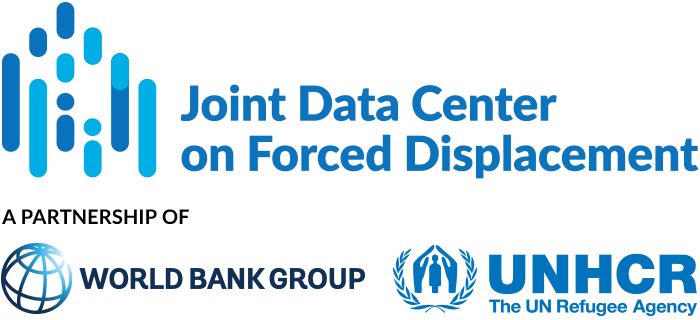This paper investigates the impact of active labor market policies aimed at assisting both Syrian refugees and local jobseekers in securing employment in Jordan. Since the onset of the Syrian crisis, the Government of Jordan estimates that nearly 1.3 million refugees have entered the country, with approximately 660,000 of them registering with UNHCR.
The authors evaluate the effects of a field experiment implemented by the IRC, which provided participants with one of three types of support: (1) a small, unconditional cash transfer equivalent to about one month of average monthly expenditure; (2) information provision to enhance the ability to signal skills to employers; and (3) a behavioral nudge to boost job search motivation. A control group received only an informational flyer. These support types address three potential barriers—material, informational, and behavioral—that refugees and locals may encounter in finding and retaining employment.
The treatments were targeted at 16 distinct strata of refugees and local workers, categorized by nationality (Syrian, Jordanian), sex, educational attainment (high school, no high school), and employment history (never employed, ever employed). The program commenced in mid-February 2019 and concluded in December 2019. A total of 3,770 individuals were sampled, approximately evenly split between Syrians and Jordanians. Employment outcomes were measured through a rapid follow-up phone interview conducted six weeks post-treatment, and detailed follow-up surveys administered two and four months after treatment.
Main empirical results:
- The immediate employment impacts of a small cash grant, information, and psychological support are minimal. Six weeks after the start of the program, none of the interventions significantly increase employment for the average participant.
- Targeted interventions increased employment by one percentage point (or 20 percent). While the difference in outcomes between the control and treatment groups is close to zero, the optimized treatment (offering the best possible intervention to each stratum) results in about a one percentage point increase in employment, indicating moderate short-term gains.
- All interventions significantly boost job search activities among Syrians. The cash transfer increases the proportion of Syrians looking for work two months after baseline by 6.1 percentage points (a 14% increase) and leads to 0.5 more job applications (a 40% increase). The information and nudge interventions raise job search rates by 5 and 4 percentage points, respectively, and significantly increase job applications by 35% and 54%.
- Both the cash and information interventions improve Syrian refugees’ labor market outcomes at the 2- and 4-month marks. The cash intervention leads to a significant increase in employment rates (5.2 percentage points at 2 months and 3.6 percentage points at 4 months) and boosts earnings by 40% after 2 months and 65% after 4 months. The information intervention shows similar effects on employment and earnings at 2 months and generates a 40% increase in employment and a 55% increase in earnings at 4 months, though these are marginally insignificant. The nudge intervention has weaker and short-lived effects.
- There are no positive effects of treatment on the Jordanian sample. Jordanians have higher baseline expenditure, search at higher intensity, and find jobs faster than Syrians, potentially facing different job search frictions not addressed by the interventions.
- Liquidity is a significant barrier to labor market access for refugees. The cash intervention’s impact on employment outcomes is driven by individuals with below-median expenditure at baseline, and there is a strong association between job-search intensity and baseline expenditure in the control group. Moreover, the cash intervention also boosts job retention and hourly wages after 4 months, suggesting that it enables jobseekers to find higher-quality, more stable, and better-paid jobs.
The findings underscore the critical role of liquidity constraints in influencing employment outcomes, as demonstrated by the significant impact of small unconditional cash grants, the strong correlation between liquidity and job search intensity, and the varied treatment effects based on liquidity levels. Nonetheless, the positive job-search outcomes from the information and motivation interventions, which do not involve additional cash, suggest that liquidity is not the sole barrier for all refugees. These results indicate that both informational and motivational factors also significantly hinder labor market participation, highlighting the need for a multifaceted approach to effectively support refugees in securing employment.


